One of the most discussed topic, Chatgpt vs Copilot! Who wins the battle of being one of the smartest AI software. Ever spent an hour staring at a blinking cursor when you could’ve been building actual code? You’re not alone. Developers everywhere are caught in the crossfire of the ChatGPT vs GitHub Copilot showdown, wondering which AI sidekick will actually save them time instead of creating more work.
I’ve tested both extensively, and I’m about to break down which one genuinely deserves a spot in your workflow.
Here’s the truth: choosing between ChatGPT and GitHub Copilot isn’t just about which has cooler features. It’s about which one actually understands how you work.
But before you commit to either assistant, there’s something critical about their underlying architecture that completely changes how useful they’ll be for your specific projects…
What is the main difference between ChatGPT and Microsoft Copilot?
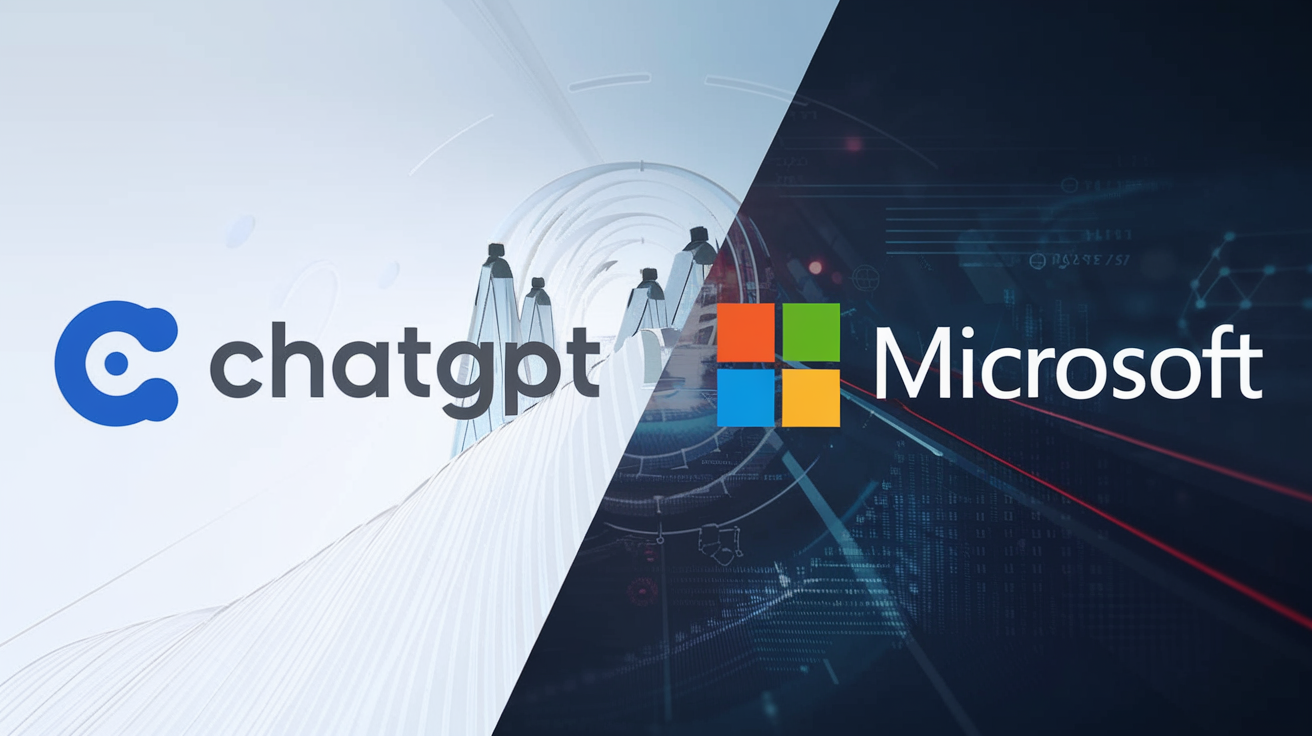
What is a better solution than ChatGPT and Copilot for businesses?
Looking for more firepower than ChatGPT or Copilot offers? Claude AI stands out with its longer context windows and deeper document processing capabilities. It handles complex business data with ease.
For enterprises wanting true customization, though, custom LLMs rule the game. These tailor-made solutions work with your specific business data and integrate seamlessly with existing systems, giving you AI that actually understands your company’s unique needs.
Use cases and applications
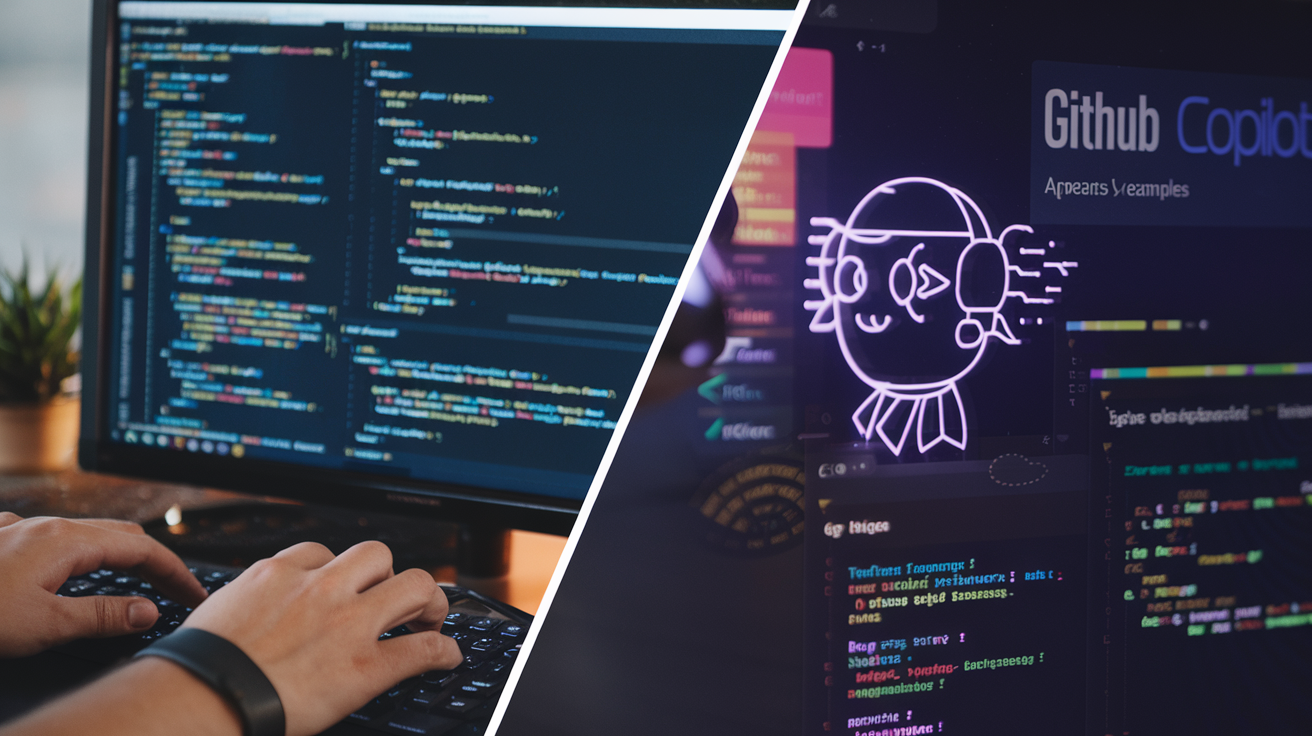
Business and Productivity
ChatGPT shines in content creation and customer support, while Copilot excels at helping developers write and debug code faster. Many professionals use ChatGPT for drafting emails, summarizing documents, and generating creative ideas.
Copilot, meanwhile, has become indispensable for technical teams. It automatically suggests code completions, helps refactor complex functions, and even explains unfamiliar code – all within your favorite code editor.
Data access and integration
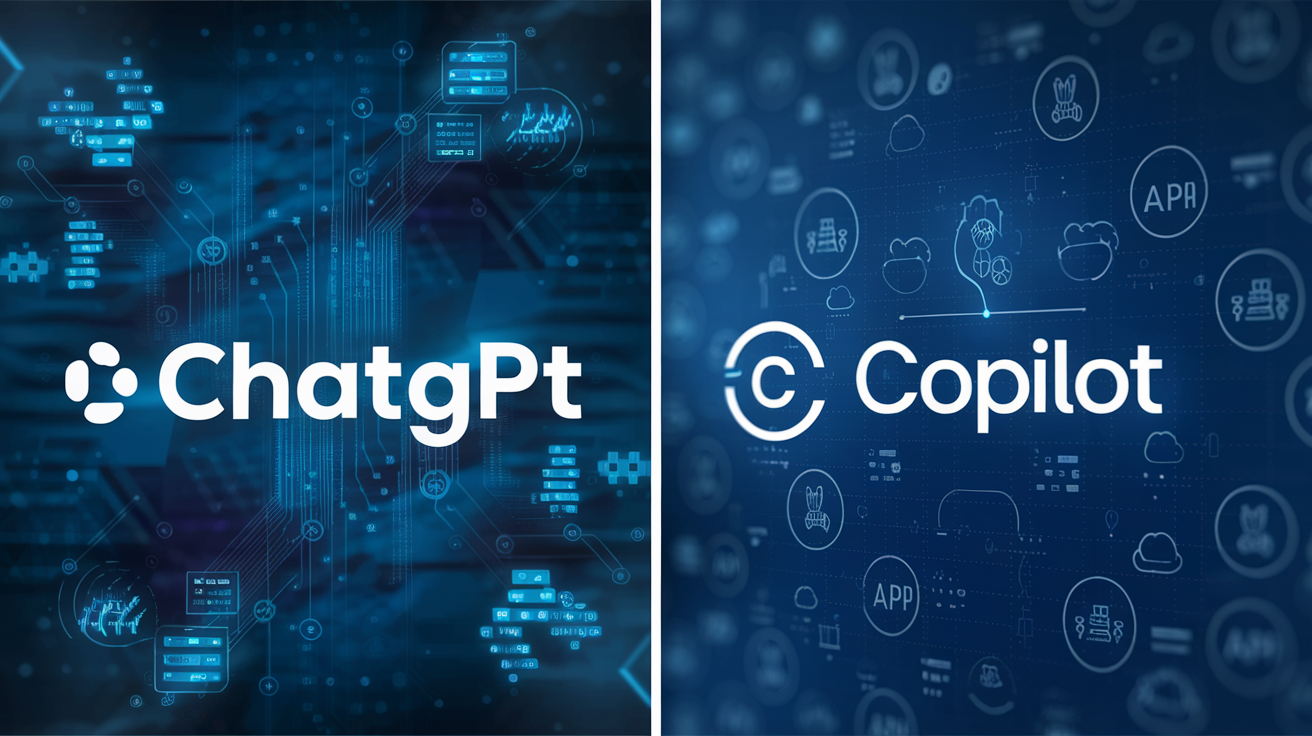
Data Access Battle
ChatGPT draws on its training data, which has a cutoff date. Need newer info? You’re out of luck. Copilot takes this to another level by connecting to the web, accessing your files, and integrating with tools like Excel.
The gap is massive here. While ChatGPT lives in its own bubble, Copilot breaks down walls between apps and your data. It doesn’t just answer questions—it works directly with your stuff, making it way more useful day-to-day.
Table of Contents
Security and compliance

Data Protection Priorities
When comparing ChatGPT and Copilot’s security approaches, the differences are striking. ChatGPT operates with OpenAI’s broad data policies, while Copilot offers enterprise-grade security with Microsoft’s robust compliance framework.
Copilot shines for business users with its stronger privacy guarantees. Your prompts won’t train the model, and Microsoft maintains strict data residency requirements—crucial selling points for organizations handling sensitive information in regulated industries.
Pricing and plans
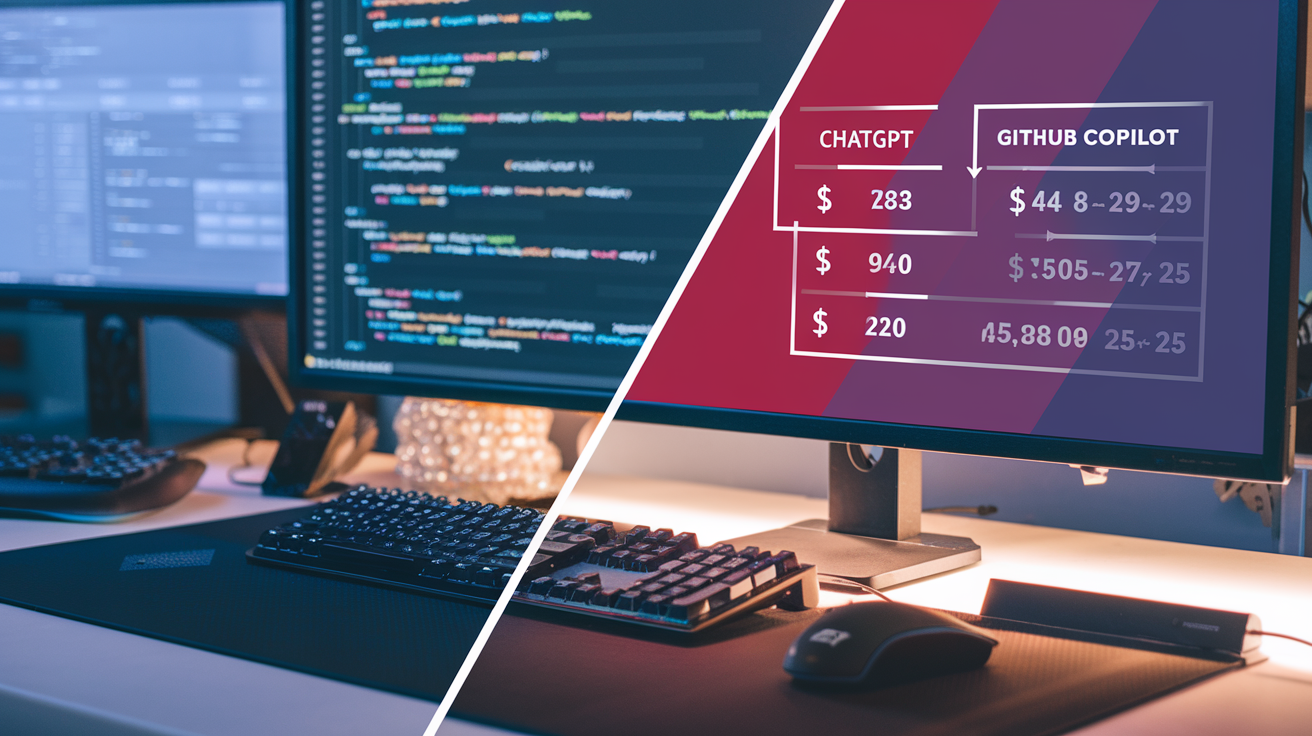
Subscription Comparison
ChatGPT comes in two flavors: free (with limits) and Plus at $20/month for priority access and GPT-4. Microsoft Copilot also offers a free tier, while Copilot Pro costs $20/month with similar perks to ChatGPT Plus.
Both free versions get the job done for casual users, but power users will notice the subscription benefits—faster responses, advanced features, and no frustrating “at capacity” messages during peak times.
Copilot vs ChatGPT comparison table
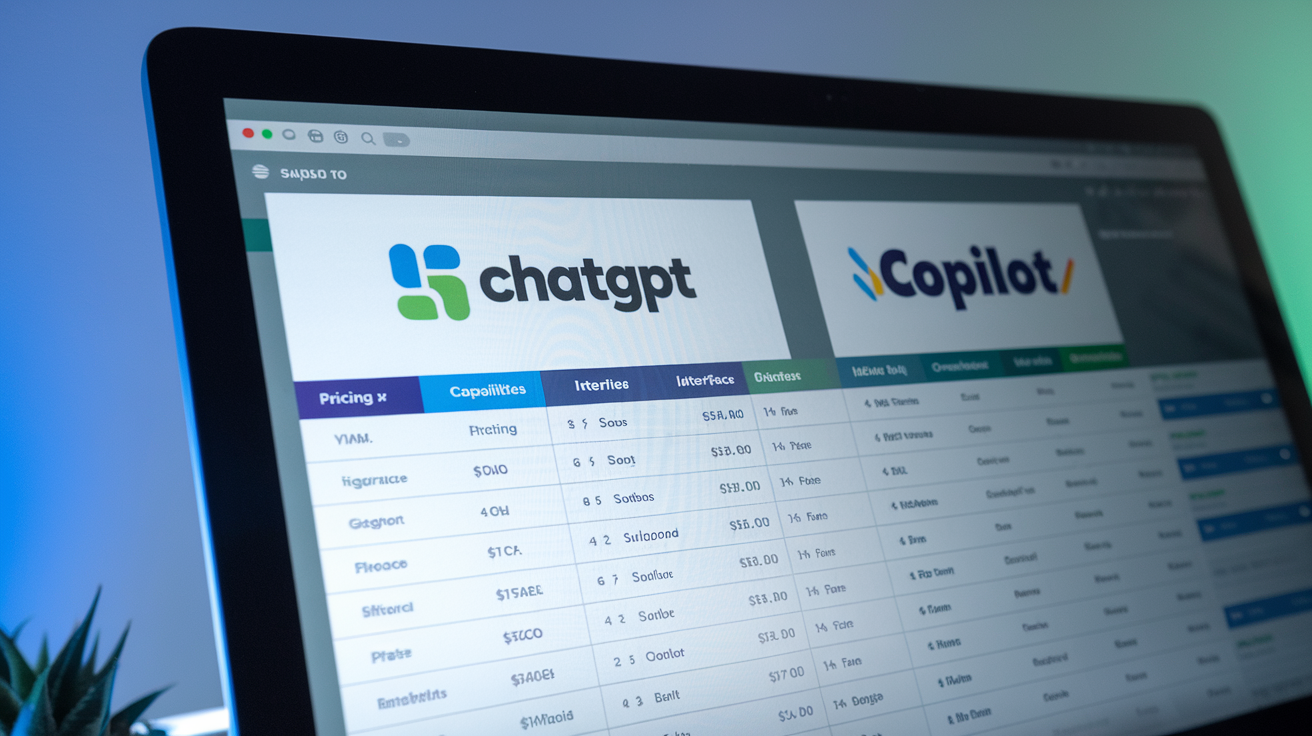
| Feature | ChatGPT | Microsoft Copilot |
|---|---|---|
| Base Technology | GPT-3.5/GPT-4 models | Based on GPT-4 with added Microsoft integrations |
| Integration | Standalone service | Deeply integrated with Microsoft 365 apps and Windows |
| Focus | General-purpose conversations | Productivity and creative tasks within Microsoft ecosystem |
| Cost | Free tier + Premium subscription | Included with Microsoft 365 subscriptions or standalone |
| Coding Support | Limited code assistance | Strong coding focus with GitHub integration |
Looking at these side by side, Copilot shines in Microsoft environments while ChatGPT offers broader versatility. The choice boils down to your workflow – Microsoft power users gain more from Copilot’s seamless integration, while others might prefer ChatGPT’s platform-agnostic approach.
Is ChatGPT better than Copilot?
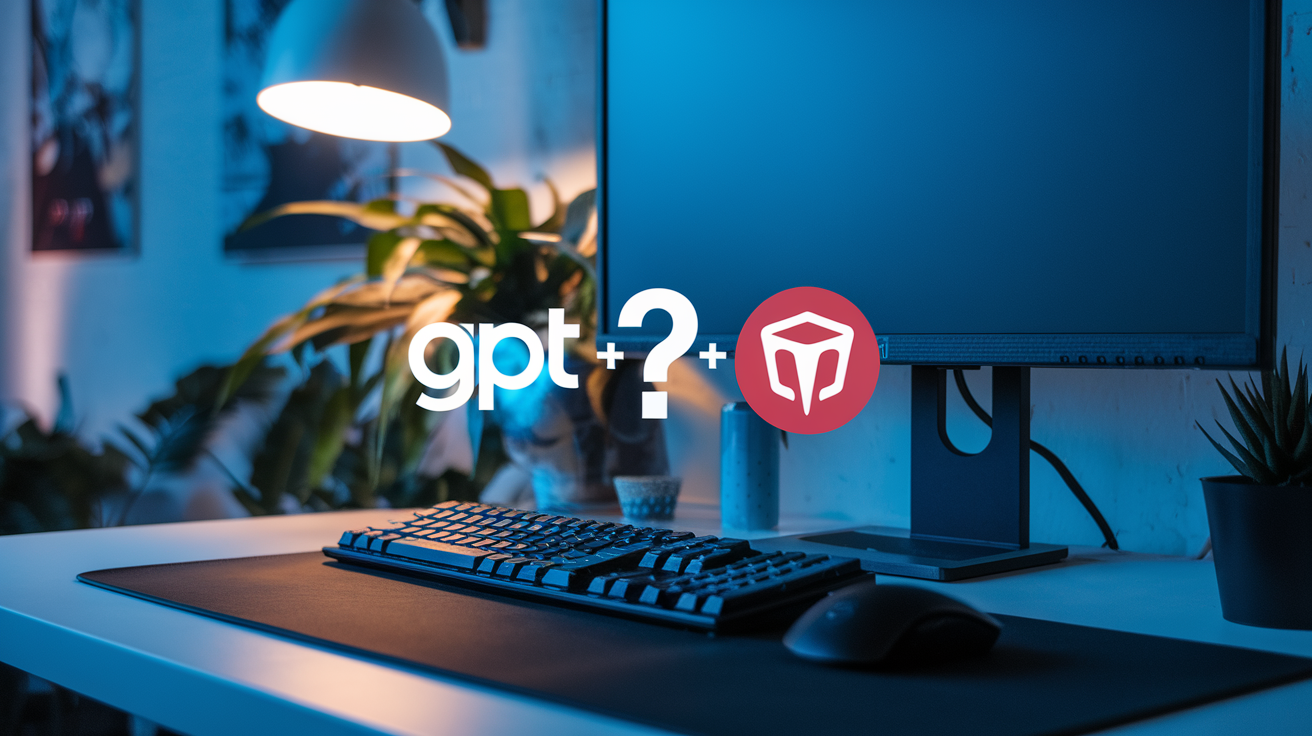
ChatGPT excels in creative writing and detailed explanations, while Copilot shines at coding assistance and GitHub integration. Your choice depends on what you need most – ChatGPT for content creation and broad knowledge, or Copilot for programming support.
The deciding factor? Your primary use case. Writers and researchers gravitate toward ChatGPT’s conversational abilities. Developers typically prefer Copilot’s code suggestions and technical focus. Both tools are continuously evolving, narrowing the gap between their capabilities.
Which is better, Copilot or ChatGPT?

Choosing between Copilot and ChatGPT boils down to your specific needs. Copilot shines for developers with its code integration and GitHub-powered capabilities, making your coding workflow smoother and more intuitive.
ChatGPT takes the crown for versatility though. It handles everything from creative writing to complex explanations with impressive skill. For non-developers or those needing a well-rounded AI assistant, ChatGPT’s broader capabilities make it the go-to choice.
What is the optimal enterprise strategy?

What is the optimal enterprise strategy?
A. Qatalog for enterprise information retrieval
Tired of digging through endless docs for answers? Qatalog shines here, connecting your company’s knowledge across platforms and making it instantly searchable. Drop a question and get answers pulled directly from your organization’s documents – no more wild goose chases.
B. Copilot for Microsoft 365 content creation and automation
Copilot is your Microsoft 365 sidekick, helping teams create presentations, draft emails, and analyze spreadsheets without switching context. It’s like having an assistant who knows your entire Microsoft ecosystem and can transform basic instructions into polished work products.
C. ChatGPT Enterprise for general research and creative content
Copilot vs ChatGPT: Conclusion
Let’s break it down: ChatGPT excels as your all-purpose conversational companion, while Copilot shines when you need coding assistance or technical solutions. For everyday questions and creative work, ChatGPT’s your go-to.
For developers and technical folks, Copilot’s tight GitHub integration and code-specific capabilities make it the better choice. Your best bet? Use both – ChatGPT for general tasks and Copilot when you’re deep in code. They’re complementary tools, not competitors.
ChatGPT and Microsoft Copilot represent different approaches to AI assistance, with distinct strengths tailored to specific needs. While ChatGPT excels as a versatile, standalone AI assistant accessible to individuals and businesses alike, Copilot distinguishes itself through deep Microsoft ecosystem integration and enterprise-focused capabilities. Your choice between these powerful tools should align with your specific requirements around data access, security compliance, and workflow integration.
The optimal strategy for many organizations may involve leveraging both solutions strategically rather than viewing them as mutually exclusive options. For individual productivity and creative tasks, ChatGPT offers flexibility and accessibility, while Copilot provides specialized integration with Microsoft products that can transform enterprise workflows. As AI assistance continues to evolve, understanding these distinctions will help you make informed decisions that maximize the potential of these revolutionary technologies within your personal or organizational context.
For more such contents please follow and Subscirbe us here- Click here.
